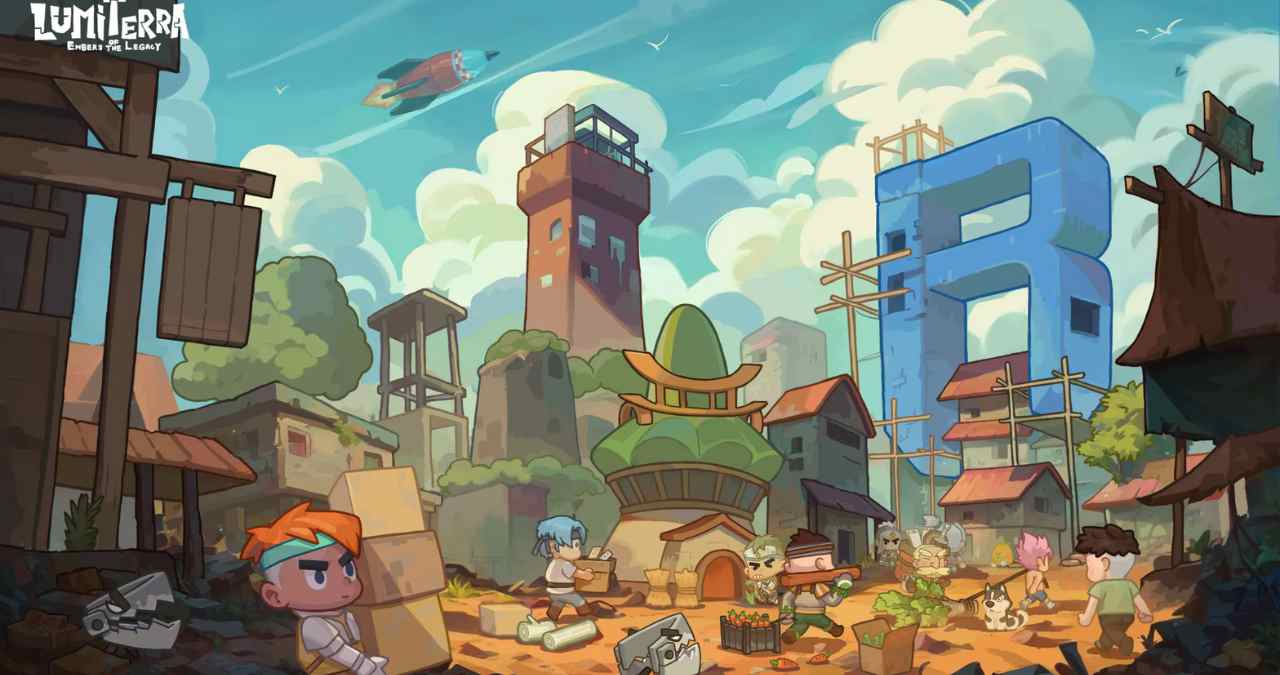Lumiterra is stepping up its community-building push with a new campaign that ties engagement to actual rewards. The project just kicked off “Megadrop Part 1,” a multi-phase airdrop event that integrates social activity, KOL partnerships, and cross-platform tracking.
This phase focuses less on in-game actions and more on visibility and reach. The idea is to lay the groundwork for a broader rollout while pulling the most active voices in Web3 into its orbit.
Yap-to-Earn puts social effort at the center
The most prominent piece of this drop is a Yap-to-Earn campaign hosted through Kaito, a social graph layer that tracks and verifies engagement across Twitter, Discord, and other platforms. Instead of grinding in-game, participants earn points by contributing to Lumiterra related conversations, reposting content, or onboarding others.
Each action feeds into a referral-based leaderboard, which ranks users based on accumulated Kaito Points. Those points will later convert into $LUMI, the project’s token. While the final tokenomics haven’t been fully outlined yet, the reward pool for this phase is capped at 3 million $LUMI, locked in for this campaign alone.
It’s a familiar move in the Web3 space, incentivizing early buzz before gameplay takes center stage, but Lumiterra seems to be packaging it more methodically, using verified data to filter out bot accounts and fake activity.
Multi-phase strategy leads into closed testing
Megadrop Part 1 is framed as the first step in a longer rollout. Later phases are expected to shift the focus toward in game milestones, NFT interactions, and ecosystem building within the actual product.
Lumiterra itself is a survival farming RPG with real-time combat, crafting, and resource management, set in a semi-open world. It draws obvious comparisons to Harvest Moon, Rune Factory, or even Palworld, but layered with crypto infrastructure and user-owned assets. This isn’t yet live for the public, but closed test sessions have been quietly underway for months.
The Megadrop campaign acts as a kind of pre-access filter. Those who climb the leaderboard or complete key tasks will get early entry into future stages, including whitelist access for the game’s next build and NFT features.
Web3 infrastructure slowly comes into focus
The project is backed by several blockchain integrations, though the exact chain and wallet flow aren’t locked yet for final launch. For now, rewards and tracking are managed through Kaito, and wallet address collection is being used to tie social activity to potential airdrop eligibility.
This approach reflects a broader trend in Web3 gaming: building community scaffolding before gameplay is fully visible. It’s a calculated risk. Projects that lean too hard into hype before offering substance often fade, but those that balance ecosystem rollout with transparent testing can establish a more organic player base.
Whether Lumiterra lands in the first or second category will depend on how it evolves past this social phase. But for now, it’s clear the game is using the Megadrop as both a marketing funnel and a stress test for how engaged its early supporters actually are.
Web3 Analyst & Play Blockchain Games Guide
CryptoKit breaks down Web3 gaming like it’s second nature. From tokenomics to airdrop strategies, she turns blockchain chaos into clear, actionable advice for players who want to win more than XP.




